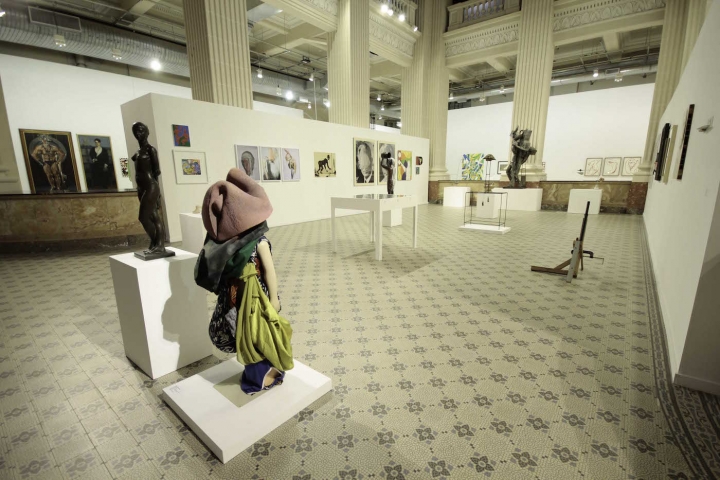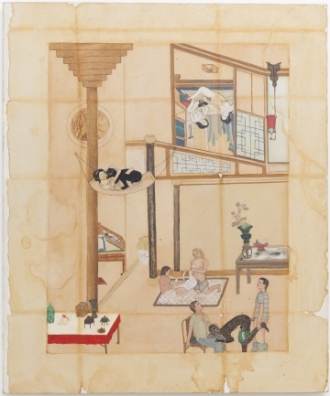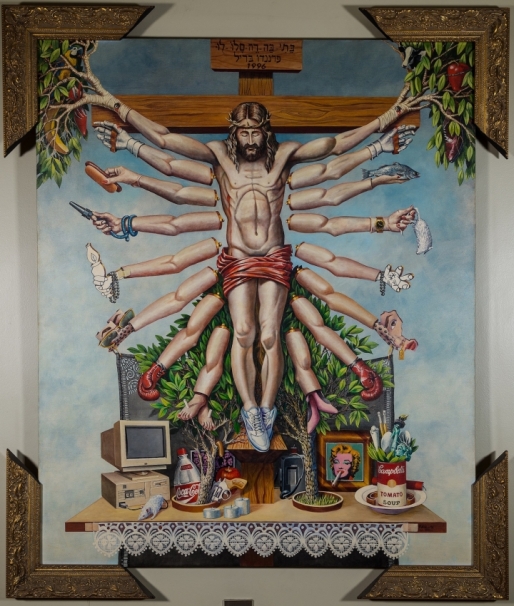Thirty-two years after the fall of Brazil’s military dictatorship, censorship continues to be an important issue in the Lusophone country.
In August, the exhibition ‘Queermuseu’ opened at the Santander Bank’s Cultural Centre of Porto Alegre. It included works from well-known Brazilian artists such as Lygia Clark and essentially drew attention to issues of identity and LGBT related topics.

It was quickly criticised by various Christian groups, including the Free Brazil Movement, a conservative organisation that defends the ‘traditional, heterosexual family,’ and was responsible for major protests against the recently impeached ex-president Dilma Rousseff of the Brazilian Worker’s Party. They demanded the closure of the exhibition for offending Christian morality and even accused it of promoting paedophilia. Most strikingly, however, is that these critics were powerful enough to force Santander to shut down the exhibition after a month.

This episode, which may seem a simple attack on controversial art, carries political connotations that cannot be ignored. Effectively, conservative movements continue the persecution of sectors of society that chiefly oppose the current conservative government. This government has a cabinet formed almost exclusively by white men – making it the first cabinet without women since the dictatorship fell in 1985. This in one of the most ethnically diverse countries in the world, in which at least 50% of the population identify as black or mixed race, and more than 50% are women.
This lack of representation has already started having a clear effect on the population show by the austerity measures announced by the previous vice-president, Michel Temer, which will cut public spending on education and healthcare. Additionally, it can be argued that these changes are not wholly democratic, as the president was not elected by Brazilian voters, but appointed as acting president in line with constitutional rules after Rousseff’s impeachment.

This shift to ‘traditionalism’ from an institutional level carries a clear regression to the values of the fallen dictatorship, and it is an example of just how much power and influence conservative movements have over Brazilian politics. Considering the type of ideology that they promote and defend which has already led to the repression of the Brazilian population, it will be interesting to see just how dangerous this proves to be.

By Elena Achotegui Sebastian


Leave a comment